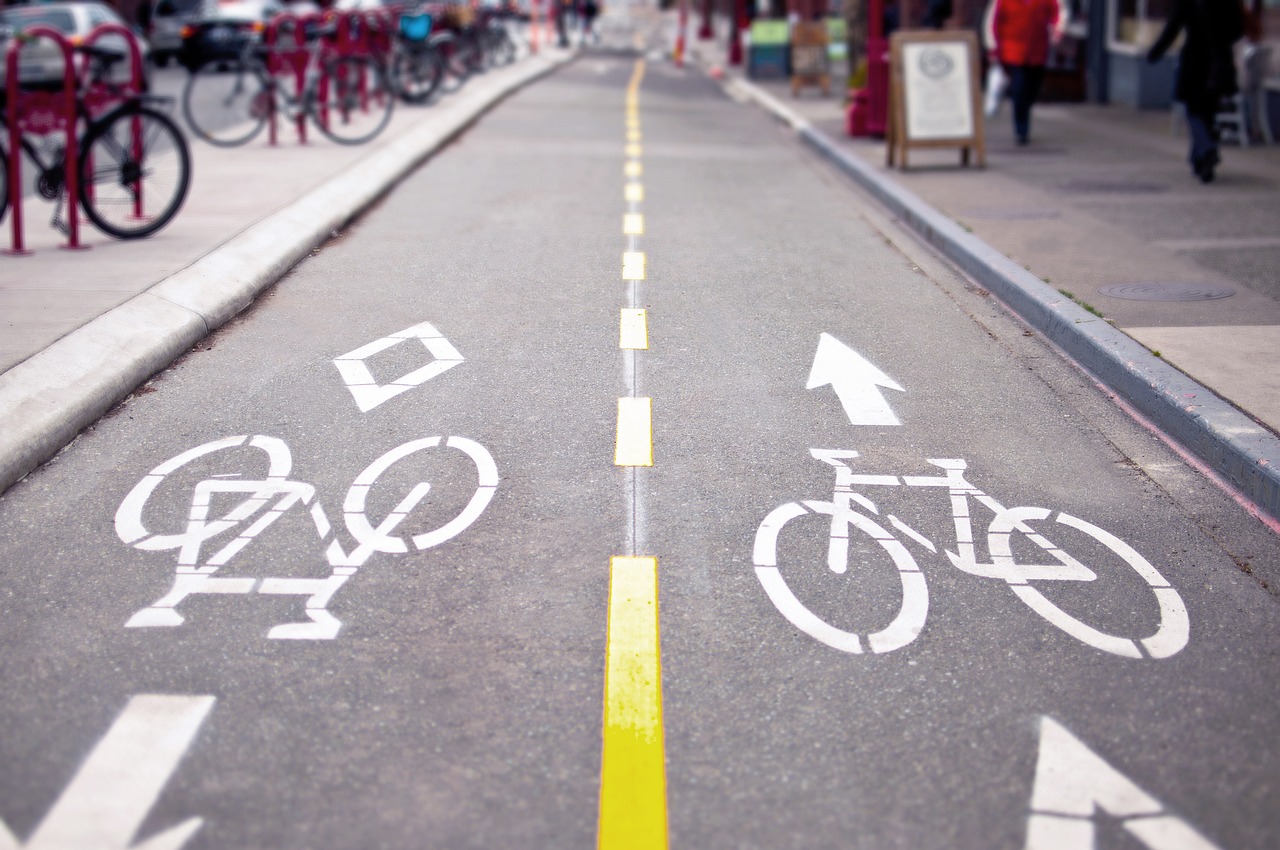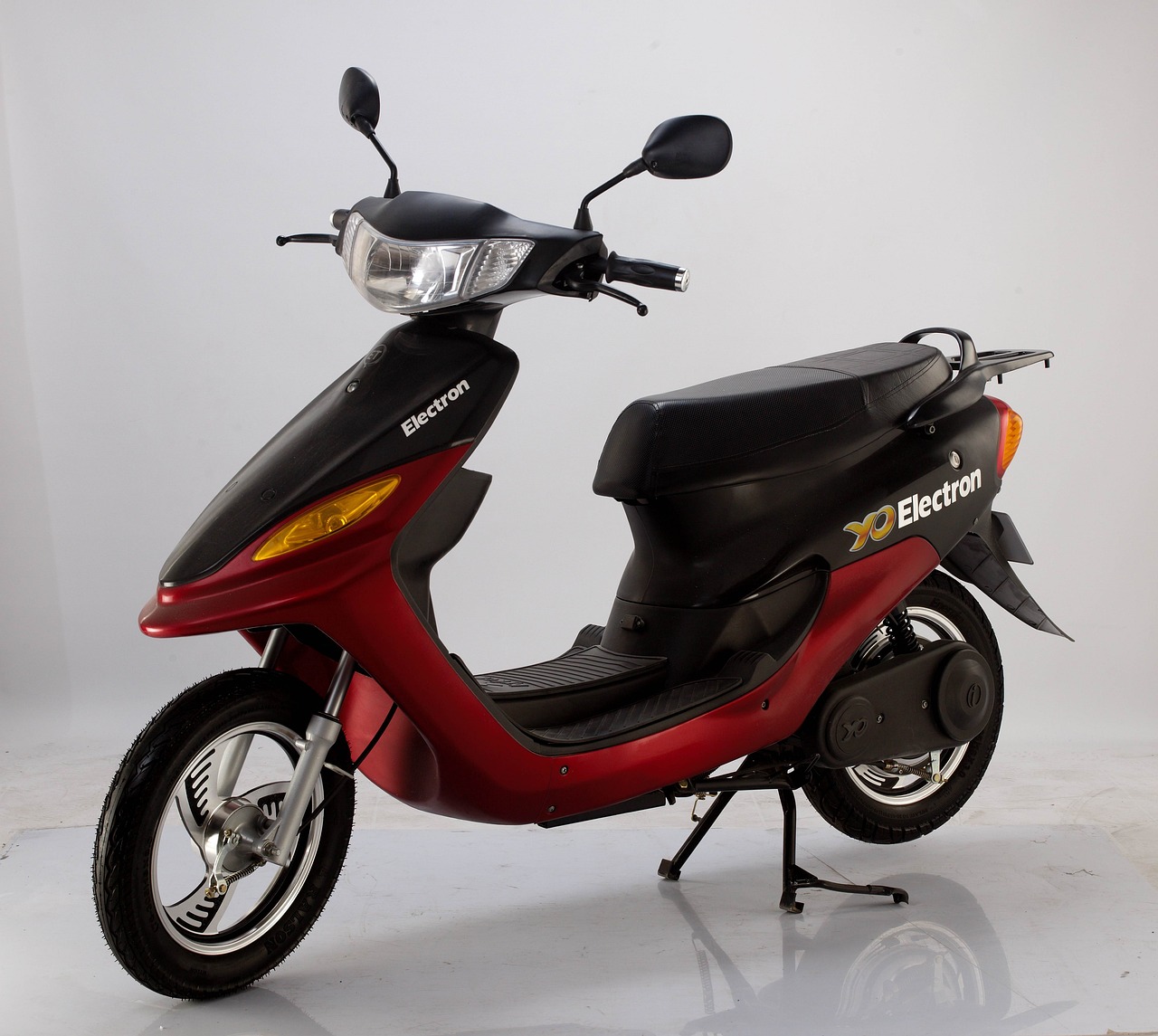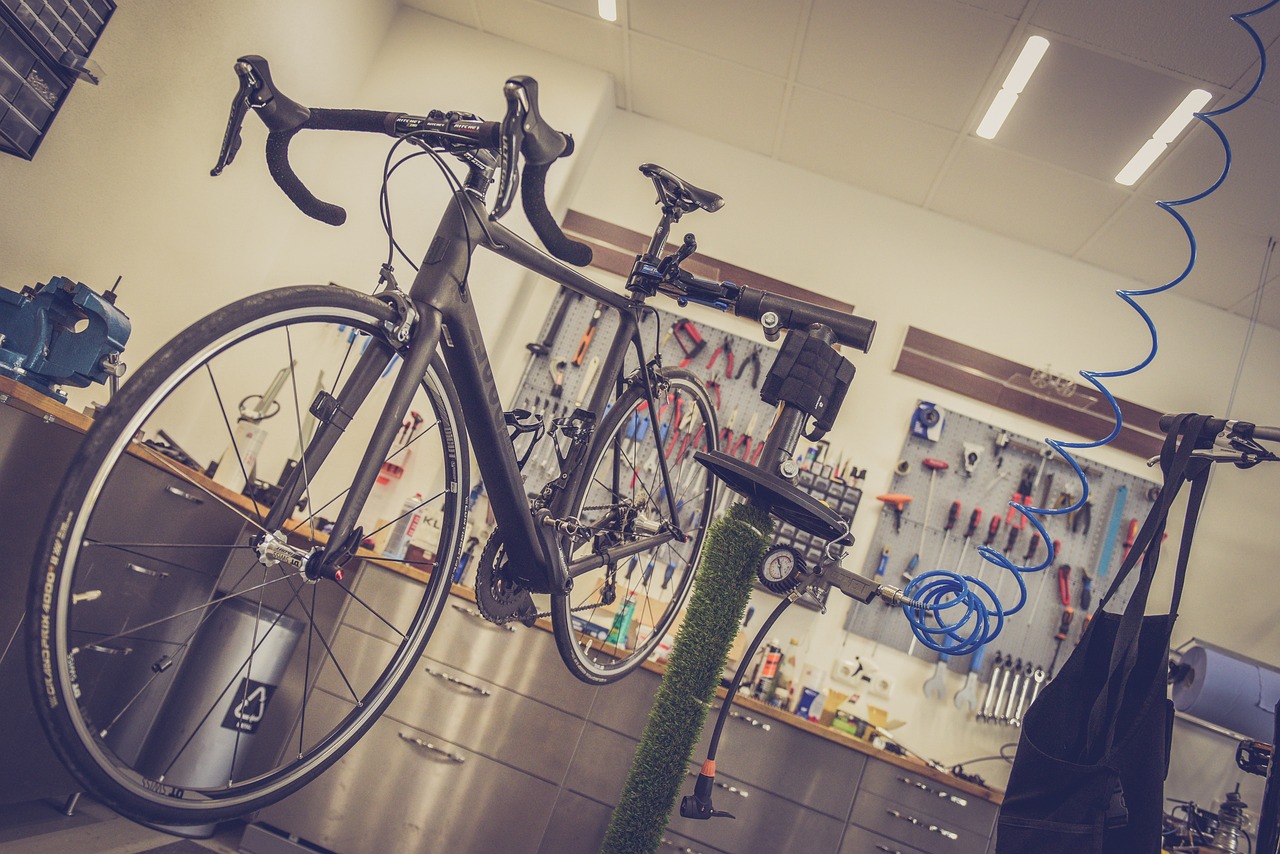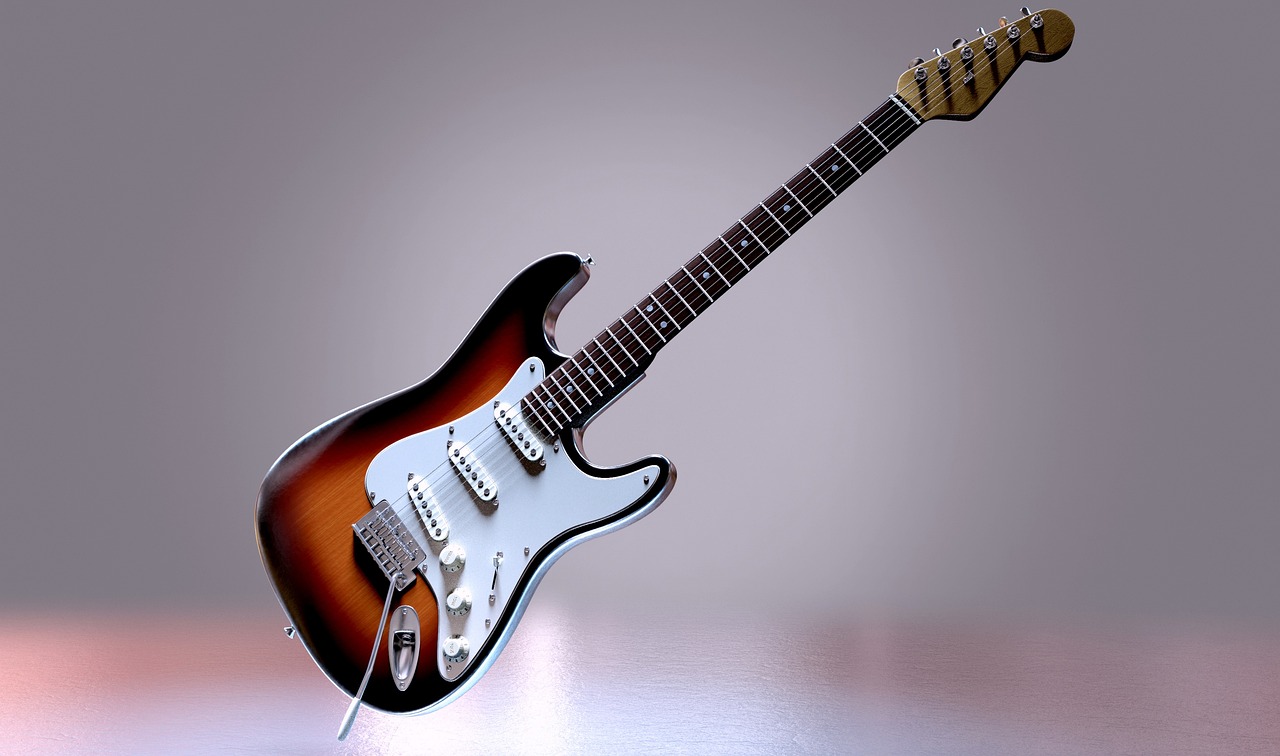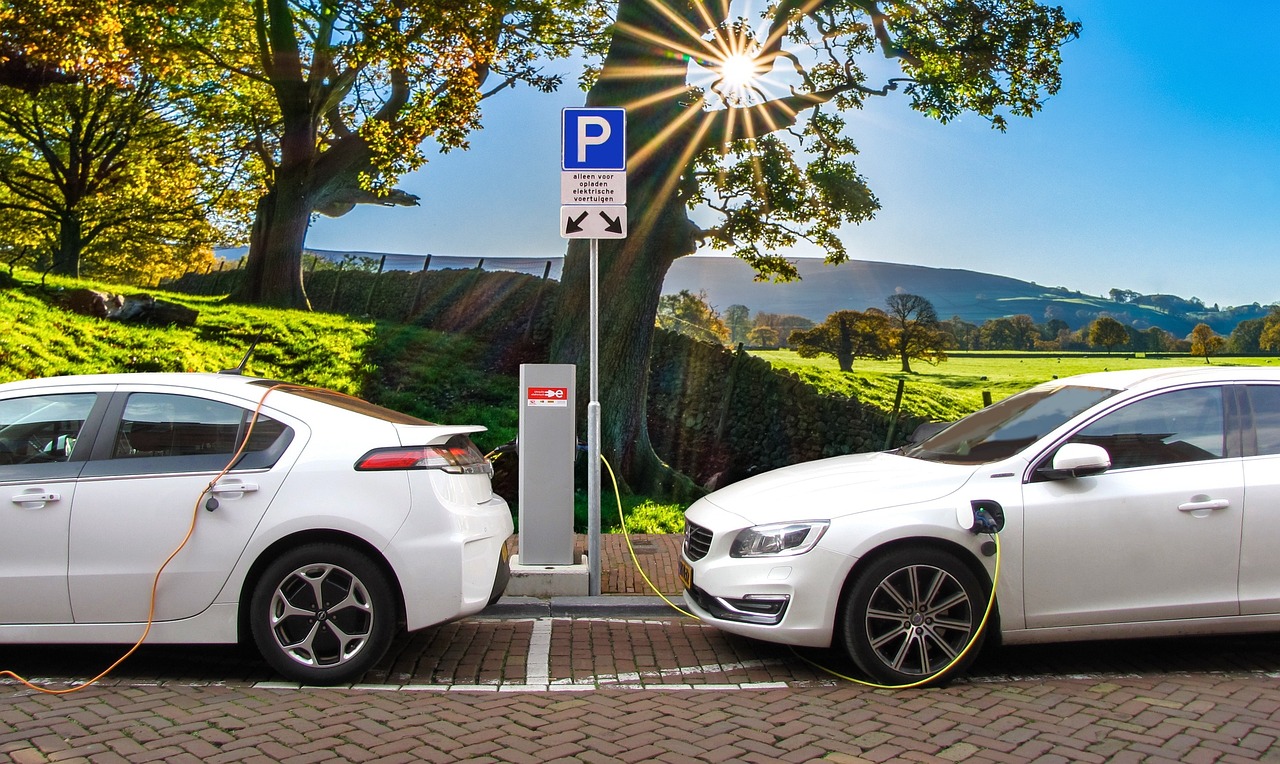This article provides a comprehensive guide to troubleshooting and repairing common problems encountered with electric bike motors, ensuring a smooth riding experience and optimal performance.
Electric bikes have gained immense popularity as eco-friendly transportation options. However, like any machine, their motors can encounter issues. Understanding the types of electric bike motors and how to address common problems is essential for every rider.
Understanding Electric Bike Motor Types
Electric bike motors can primarily be categorized into two types: hub motors and mid-drive motors. Each type has unique characteristics and potential issues. Hub motors are typically located in the wheel hub, offering a straightforward design, while mid-drive motors are positioned at the bike’s crank, providing better weight distribution and efficiency.
Identifying Common Electric Bike Motor Problems
- Loss of Power: A sudden loss of power can disrupt your ride. Common causes include battery malfunctions and faulty electrical connections.
- Strange Noises: Unusual sounds can signal mechanical issues needing immediate attention.
- Overheating: Overheating motors can lead to severe damage. Recognizing the signs early can prevent costly repairs.
Loss of Power
If you experience a loss of power, start by checking the battery. Ensure it is charged and functioning properly. Additionally, inspect all wiring connections for damage or looseness.
Battery Issues
Battery problems are a leading cause of power loss. To check battery health, use a multimeter to measure voltage and ensure connections are secure.
Wiring and Connections
Inspect wiring for any signs of wear or damage. Replacing frayed wires can restore power flow and improve motor performance.
Strange Noises from the Motor
Listen for grinding or clicking sounds, which may indicate mechanical failure. Regular checks can help catch these issues early.
Overheating Problems
Overheating can be caused by prolonged use, poor ventilation, or mechanical resistance. Ensure your bike is well-maintained to avoid this issue.
Regular Maintenance Tips for Electric Bike Motors
- Cleaning the Motor: Keep the motor clean to prevent dirt buildup, which can hinder performance.
- Checking for Wear and Tear: Regularly inspect components for signs of wear and replace them as needed.
When to Seek Professional Help
Some issues may require the expertise of a professional technician. If you notice persistent problems or are unsure about repairs, it’s best to consult an expert.
Signs You Need a Technician
- Unusual noises that do not resolve with basic troubleshooting.
- Persistent loss of power after checking the battery and wiring.
Choosing the Right Repair Service
When seeking professional help, look for technicians with experience in electric bike repairs. Check reviews and ask for recommendations to ensure quality service.

Understanding Electric Bike Motor Types
Electric bikes have gained immense popularity in recent years, and a significant part of their performance lies in the type of motor they use. The two primary types of electric bike motors are hub motors and mid-drive motors. Each type has its own set of characteristics, advantages, and common issues that riders should be aware of.
| Motor Type | Characteristics | Common Issues |
|---|---|---|
| Hub Motors | Located in the wheel hub, these motors provide direct power to the wheel. They are typically easier to install and maintain. | Common issues include wheel misalignment, overheating, and limited torque on steep inclines. |
| Mid-Drive Motors | Situated at the bike’s crank, these motors offer better weight distribution and efficiency, especially on hilly terrain. | Common issues include chain wear, overheating, and complex maintenance requirements. |
Understanding the differences between these motor types is crucial for effective troubleshooting. For instance, if a rider experiences a loss of power, it may be due to a battery issue or a problem with the motor type itself. Hub motors might struggle with steep hills, while mid-drive motors may face chain or gear issues.
In addition to recognizing the type of motor, it’s essential to be aware of the common problems associated with each. For example, hub motors can suffer from overheating if used continuously without breaks, whereas mid-drive motors may lead to increased wear on the bike’s drivetrain due to their power delivery system.
By familiarizing yourself with these characteristics and potential issues, you can better maintain your electric bike and troubleshoot problems effectively, ensuring a smoother and more enjoyable riding experience.

Identifying Common Electric Bike Motor Problems
Electric bike motors are integral to the overall performance and efficiency of e-bikes. However, like any mechanical component, they can encounter a variety of issues that may hinder their functionality. Recognizing these problems early is crucial for maintaining safety and performance. This section will delve into some of the most common electric bike motor problems, their causes, and how to address them effectively.
- Loss of Power: One of the most frustrating issues riders may face is a sudden loss of power. This can stem from several factors, including:
- Battery Issues: A depleted or malfunctioning battery is often the primary culprit. Regularly checking the battery’s health and ensuring it is charged can help mitigate this issue.
- Wiring and Connections: Loose or damaged wiring can disrupt the power flow. Inspecting connections for wear and ensuring they are secure is essential.
- Strange Noises from the Motor: Unusual sounds can indicate mechanical problems. Common noises include grinding, clicking, or whirring that may suggest:
- Loose components or misalignment within the motor.
- Need for lubrication or replacement of worn parts.
- Overheating Problems: Overheating can lead to severe damage to the motor. Common causes include:
- Continuous heavy use without adequate breaks.
- Improper ventilation or dust accumulation around the motor.
By understanding these common issues, riders can take proactive steps to ensure their electric bike motors remain in optimal condition. Regular maintenance checks and timely interventions can significantly enhance the longevity and reliability of the motor.
Loss of Power
in electric bikes can be a significant concern for riders, often leading to frustration and safety issues. Understanding the potential causes and effective diagnostic methods is crucial for a smooth riding experience.
When an electric bike suddenly loses power, there are several common culprits to investigate. Battery issues are frequently the primary reason for this problem. A battery that is not holding a charge or is nearing the end of its lifespan can lead to abrupt power loss. To diagnose battery health, riders should check the battery’s voltage and ensure it is fully charged. Additionally, examining the battery connections for corrosion or damage can help identify potential issues.
Another area to consider is the wiring and electrical connections. Loose or frayed wires can disrupt the flow of electricity from the battery to the motor, resulting in power loss. Riders should inspect the wiring harness for any signs of wear and tear, ensuring that all connections are secure. If any wires appear damaged, they should be repaired or replaced promptly to restore functionality.
It’s also essential to consider the controller, which regulates power to the motor. A malfunctioning controller can lead to inconsistent power delivery, causing the bike to lose power unexpectedly. Testing the controller’s functionality with a multimeter can help determine if it is operating correctly.
In conclusion, diagnosing a sudden loss of power in electric bikes involves a systematic approach. By checking the battery, inspecting wiring and connections, and evaluating the controller, riders can identify and address the root cause effectively. Regular maintenance and timely inspections can prevent these issues, ensuring a reliable and enjoyable riding experience.
Battery Issues
are often the primary reason behind power loss in electric bikes. Understanding how to maintain and troubleshoot your bike’s battery can significantly enhance its performance and longevity. In this section, we will explore how to check battery health, identify common charging issues, and provide practical solutions for optimal performance.
First and foremost, it’s essential to check the battery health. Most electric bike batteries come with a built-in battery management system (BMS) that monitors the battery’s voltage and temperature. To assess the battery’s condition, you should:
- Examine the battery’s voltage using a multimeter. A healthy battery typically shows a voltage close to its rated voltage.
- Look for any signs of physical damage, such as swelling or corrosion.
- Check the battery’s age; most lithium-ion batteries last between 2 to 5 years, depending on usage and care.
Next, if you encounter charging issues, consider the following troubleshooting steps:
- Ensure the charger is functioning correctly. Test it with a different battery if possible.
- Inspect the charging port on both the battery and the charger for dirt or damage.
- Verify that the battery is properly seated in its compartment and that all connections are secure.
Additionally, if your battery is not charging, it could be due to deep discharging, which can damage lithium-ion batteries. If the battery has been completely drained, allow it to charge uninterrupted for a minimum of 12 hours before testing again.
In conclusion, regular maintenance and timely troubleshooting can greatly improve your electric bike’s battery performance. By following these steps, you can ensure a reliable and enjoyable riding experience.
Wiring and Connections
Loose or damaged wiring can significantly disrupt the power flow to your electric bike motor, leading to performance issues that can affect your overall riding experience. In this section, we will explore how to effectively inspect and repair wiring connections to restore functionality to your electric bike motor.
To begin with, it is essential to understand the signs of wiring problems. Common indicators include:
- Inconsistent power delivery: If your motor occasionally cuts out or operates intermittently, this may signal a wiring issue.
- Visible damage: Look for frayed wires, corrosion, or any signs of wear on the wiring insulation.
- Unusual noises: If you hear clicking or buzzing sounds when the motor is running, it could be due to faulty connections.
Once you have identified potential problems, follow these steps to inspect and repair your wiring:
- Safety First: Always disconnect the battery before starting any inspection or repair work to avoid electric shock.
- Visual Inspection: Examine all wiring connections for signs of damage or loose fittings. Pay special attention to connectors and junction points.
- Use a Multimeter: Test the continuity of the wires using a multimeter. This tool can help identify breaks in the circuit that may not be visible.
- Repair or Replace: If you find any damaged wires, you can either repair them with electrical tape or heat shrink tubing, or replace them entirely if the damage is severe.
- Reconnect and Test: After making repairs, reconnect all wiring and test the motor to ensure it operates smoothly.
By regularly inspecting and maintaining your electric bike’s wiring connections, you can prevent performance issues and extend the lifespan of your motor. Always prioritize safety and consult a professional if you are unsure about any repairs.
Strange Noises from the Motor
When riding an electric bike, strange noises emanating from the motor can be a cause for concern. These unusual sounds may indicate underlying mechanical issues that, if left unaddressed, could lead to significant problems down the line. Understanding the potential causes of these noises and knowing how to respond promptly is essential for maintaining the health of your electric bike.
Here are some common noises you might encounter, along with their possible implications:
- Grinding or Rattling Sounds: These noises often suggest that there might be loose components within the motor or issues with the gears. It is crucial to inspect the motor casing and internal parts to ensure everything is securely in place.
- High-Pitched Whining: A high-pitched noise can indicate that the motor is overworking or that there is a problem with the bearings. Regular lubrication and maintenance can help mitigate this issue.
- Clicking or Popping Sounds: If you hear clicking noises, it could mean that the motor’s internal gears are misaligned or damaged. This situation requires immediate attention to prevent further damage.
Addressing these noises promptly can save you from costly repairs and ensure a safer riding experience. Here are some steps you can take:
- Perform Regular Inspections: Regularly check your motor for signs of wear and tear. Look for any loose bolts or damaged parts that may need tightening or replacement.
- Lubricate Moving Parts: Ensure that all moving parts are adequately lubricated to reduce friction and prevent overheating.
- Consult a Professional: If the noises persist after your attempts to fix them, it’s advisable to seek help from a qualified technician who can diagnose and repair the issue accurately.
In conclusion, being aware of the sounds your electric bike motor makes can help you maintain its performance and longevity. By taking the necessary steps to address any unusual noises, you can ensure a smoother and safer riding experience.
Overheating Problems
Overheating is a critical issue that can significantly affect the performance and longevity of electric bike motors. Understanding the common causes of overheating and implementing preventive measures is essential for riders who wish to maintain their bikes in optimal condition.
Common Causes of Overheating
- Excessive Load: Riding under heavy loads or on steep inclines can cause the motor to work harder than designed, leading to overheating.
- Continuous Use: Prolonged operation without breaks can cause motors to heat up. It is essential to allow the motor to cool down periodically.
- Insufficient Ventilation: Motors require adequate airflow to dissipate heat. A poorly ventilated area can trap heat, exacerbating the problem.
- Electrical Issues: Faulty wiring or poor connections can create resistance, leading to increased heat generation within the motor.
Preventive Measures to Avoid Overheating
- Regular Maintenance: Conduct routine checks on your electric bike, focusing on the motor, wiring, and battery to ensure everything is in good condition.
- Avoid Overloading: Be mindful of the weight you are carrying and avoid exceeding the manufacturer’s recommended limits.
- Take Breaks: If you are on a long ride, take short breaks to allow the motor to cool down.
- Improve Ventilation: Ensure that the motor is not obstructed and that it has sufficient airflow around it.
By understanding the factors that contribute to overheating and following these preventive measures, electric bike riders can significantly reduce the risk of damaging their motors. Taking proactive steps not only enhances the bike’s performance but also ensures a safer and more enjoyable riding experience.

Regular Maintenance Tips for Electric Bike Motors
Regular maintenance is crucial for extending the lifespan of electric bike motors. By following a few practical tips, riders can keep their motors in optimal condition, ensuring a smooth and enjoyable riding experience. Below are some effective maintenance strategies:
- Routine Cleaning: Keeping your motor clean is essential. Dirt and debris can accumulate, affecting performance. Use a soft brush and a damp cloth to gently clean the motor casing, avoiding any harsh chemicals that could cause damage.
- Inspecting Connections: Regularly check the electrical connections for any signs of wear or corrosion. Tighten any loose connections and replace damaged wires to maintain a stable power flow.
- Battery Maintenance: The battery is a critical component of your electric bike. Ensure that it is charged correctly and stored in a cool, dry place. Regularly check for any signs of swelling or leakage, which may indicate a need for replacement.
- Monitoring Performance: Pay attention to how your bike performs. Any unusual noises or changes in power delivery should be investigated promptly. Early detection of issues can prevent more significant problems down the line.
- Lubrication: Apply appropriate lubricants to moving parts, such as the chain and gears, to ensure smooth operation. Avoid over-lubricating, as this can attract dirt and grime.
- Check for Wear and Tear: Regularly inspect components like the brake pads and tires for wear. Replacing worn parts promptly can enhance safety and performance.
By implementing these maintenance tips, electric bike owners can significantly enhance the longevity and performance of their motors. Regular upkeep not only ensures a reliable ride but also contributes to a safer biking experience.
Cleaning the Motor
Keeping your electric bike motor clean is vital for maintaining optimal performance and extending its lifespan. A clean motor operates more efficiently, reduces the risk of overheating, and enhances the overall riding experience. In this section, we will guide you through the steps to properly clean your electric bike motor without causing any damage.
- Gather Necessary Tools: Before starting the cleaning process, ensure you have the right tools at hand. You will need:
- Soft brush
- Microfiber cloth
- Water-resistant spray cleaner
- Protective gloves
- Safety First: Always disconnect the battery before cleaning to prevent any electrical hazards. This step is crucial to ensure your safety while working on the motor.
- Remove Debris: Use a soft brush to gently remove dirt, dust, and debris from the motor casing. Be careful not to use excessive force, as this could damage sensitive components.
- Wipe Down the Motor: Dampen a microfiber cloth with a water-resistant cleaner and wipe down the motor’s exterior. Avoid getting any liquid into the motor openings, as this could cause electrical issues.
- Inspect for Damage: While cleaning, take the opportunity to inspect the motor for any signs of wear or damage. Look for loose wires, cracks, or corrosion that may need attention.
- Reassemble and Test: Once the motor is clean and dry, reattach the battery and test the bike to ensure everything is functioning correctly.
By following these steps, you can keep your electric bike motor in excellent condition, ensuring a smooth and enjoyable ride. Regular cleaning not only enhances performance but also helps prevent potential issues that could arise from neglect.
Checking for Wear and Tear
Regular inspections of your electric bike’s components are essential for maintaining optimal performance and safety. By , you can identify potential issues before they escalate into major problems. Here, we will discuss the key areas to inspect, what to look for, and how to effectively replace any worn components.
- Inspect the Tires: Look for signs of cracking, bald spots, or uneven wear. Worn tires can affect traction and handling.
- Check the Brake Pads: Worn brake pads can compromise stopping power. Ensure they have sufficient material left and replace them if they are too thin.
- Examine the Chain: A worn chain can lead to poor shifting and increased wear on the gears. Look for signs of elongation or rust, and replace it if necessary.
- Assess the Battery: Regularly check for any signs of swelling or damage. A failing battery can lead to performance issues.
- Inspect Electrical Connections: Ensure that all wiring is intact and connections are secure. Look for frayed wires or corrosion, which can lead to electrical failures.
When you identify worn components, replacing them promptly is crucial. Here are some effective steps to follow:
- Gather Necessary Tools: Ensure you have the right tools for the job, including wrenches, screwdrivers, and replacement parts.
- Follow Manufacturer Guidelines: Refer to the user manual for specific instructions on disassembly and reassembly.
- Take Your Time: Rushing through repairs can lead to mistakes. Be patient and methodical in your approach.
By regularly checking for wear and tear and replacing worn components, you can significantly extend the lifespan of your electric bike and enhance your riding experience.

When to Seek Professional Help
Electric bikes are an excellent mode of transportation, offering convenience and eco-friendliness. However, like any complex machine, they can encounter issues, particularly with their motors. While many problems can be resolved with basic troubleshooting, some situations necessitate the expertise of a professional technician. Understanding when to seek help is crucial for ensuring the longevity and safety of your electric bike.
Recognizing the Signs You Need a Technician
- Persistent Loss of Power: If your electric bike consistently loses power even after checking the battery and connections, it’s time to consult a professional. This could indicate deeper electrical issues.
- Unusual Noises: Strange sounds, such as grinding or clicking, often signal mechanical problems. If these noises persist after basic maintenance, a technician should evaluate the motor.
- Overheating: If the motor frequently overheats during use, it may be a sign of serious internal issues. Continuing to ride under these conditions can lead to further damage.
- Electrical Malfunctions: Flickering lights, erratic pedal assist, or complete motor failure are clear indicators that professional assistance is needed to diagnose and repair electrical problems.
- Inconsistent Performance: If your bike’s performance fluctuates without any identifiable cause, a technician can help pinpoint the underlying issues.
Choosing the Right Repair Service
When it comes to selecting a repair service for your electric bike, consider the following:
- Experience: Look for technicians with specific experience in electric bike repairs, particularly with your bike’s motor type.
- Reputation: Check reviews and testimonials to gauge the reliability and quality of service of the repair shop.
- Warranty and Support: Ensure that the service offers warranties on repairs and ongoing support for any future issues.
In conclusion, while many electric bike motor issues can be addressed through DIY methods, knowing when to seek professional help is essential for maintaining your bike’s performance and safety. By recognizing the signs and choosing a reputable technician, you can ensure a smooth and enjoyable riding experience.
Signs You Need a Technician
When it comes to maintaining your electric bike, understanding when to seek professional help is crucial. Recognizing the signs that indicate a need for expert assistance can not only save you time but also money. This section outlines essential indicators that suggest it’s time to consult a technician for repairs.
- Persistent Performance Issues: If your electric bike consistently struggles with power delivery, such as frequent loss of acceleration or a motor that fails to engage, it may be time to seek professional help. These issues can stem from complex electrical problems that require expert diagnosis.
- Unusual Noises: Strange sounds emanating from the motor, such as grinding, clicking, or whirring, can indicate mechanical problems. If you notice these noises persisting, it’s advisable to contact a technician to prevent further damage.
- Overheating: If your motor becomes excessively hot during operation, it could signal an underlying issue. Overheating can lead to severe damage, so it’s essential to consult a professional if this occurs.
- Battery Malfunctions: If you experience rapid battery drain or failure to charge, this may indicate a problem that requires expert attention. A technician can assess battery health and connectivity issues effectively.
- Frequent Electrical Failures: If your bike’s electrical components, such as lights or displays, frequently malfunction, this could point to wiring or connection issues that need professional evaluation.
In conclusion, being aware of these signs can help you make informed decisions about when to seek professional help for your electric bike. Addressing issues early with the assistance of a qualified technician can ensure the longevity and safety of your ride.
Choosing the Right Repair Service
for your electric bike motor is essential to ensure that your bike remains in optimal condition. With the increasing popularity of electric bikes, the demand for skilled technicians has also risen. Here are some important tips to help you select the best repair service for your needs.
- Research Local Options: Start by searching for repair services in your area. Look for shops that specialize in electric bikes, as they will have the necessary expertise.
- Check Reviews and Ratings: Online reviews can provide insight into the quality of service offered by a repair shop. Websites like Google, Yelp, and specialized biking forums can be valuable resources.
- Ask for Recommendations: Consult with fellow electric bike riders or local biking communities. Personal recommendations can often lead you to trustworthy technicians.
- Verify Qualifications: Ensure that the technicians are certified and have experience with electric bike motors. This can prevent potential issues during repairs.
- Request Estimates: Before committing to a service, ask for a detailed estimate. This should include parts and labor costs, allowing you to compare prices among different shops.
- Inquire About Warranties: A reputable repair service should offer a warranty on their work. This shows confidence in their repairs and provides peace of mind for you as a customer.
- Evaluate Customer Service: Pay attention to how staff interact with you. Good communication and a willingness to answer your questions are signs of a reliable service.
In conclusion, taking the time to choose the right repair service can save you both time and money in the long run. By following these tips, you can find a technician who will effectively address your electric bike motor issues, ensuring a safe and enjoyable riding experience.
Frequently Asked Questions
- What are the common issues with electric bike motors?
Common issues include loss of power, strange noises, and overheating. Identifying these problems early can help prevent further damage and ensure a safe riding experience.
- How can I troubleshoot a loss of power in my electric bike?
Start by checking the battery health and ensuring connections are secure. If the battery is charged and connections are intact, consider inspecting the wiring for any damage.
- What should I do if my electric bike motor is making strange noises?
Strange noises could indicate mechanical issues. It’s advisable to stop riding immediately and check for loose parts or debris in the motor that could be causing the noise.
- How can I prevent my electric bike motor from overheating?
Regular maintenance is key! Ensure proper ventilation, avoid overloading the bike, and regularly check for wear and tear to prevent overheating.
- When should I seek professional help for my electric bike?
If you notice persistent issues like loss of power or unusual noises that you can’t diagnose, it’s time to consult a technician. Catching problems early can save you time and money!
- What tips can help me choose the right repair service for my electric bike?
Look for services with good reviews, experienced technicians, and a clear warranty on repairs. A reliable service will communicate effectively and provide a detailed estimate before starting any work.


